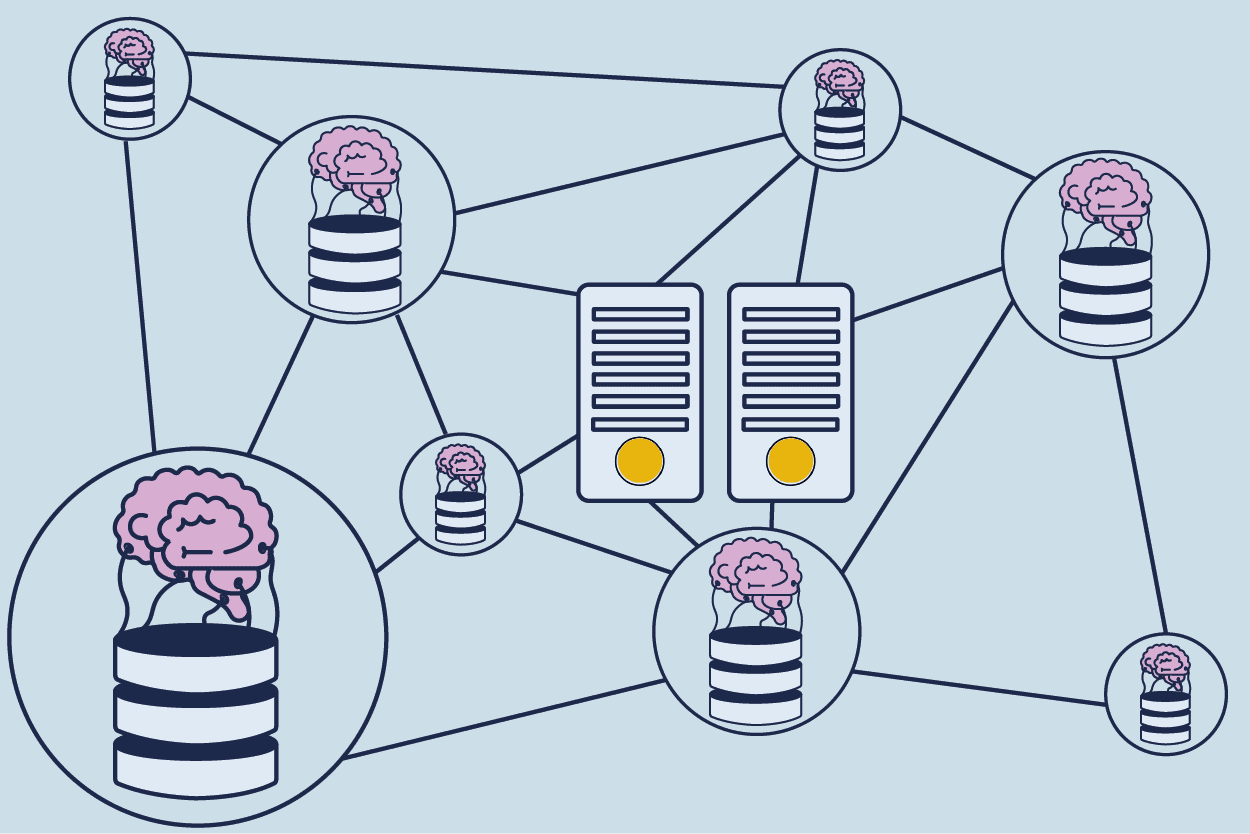The European Union Commission (EC) has been busy over the past year on both the AI/ML (artificial intelligence and machine learning) and blockchain/cryptocurrency fronts. Yet, even though AI/ML and blockchain operations can have significant overlap, the EC appears to be playing catch-up in addressing the combined potential of these technologies.
The EC’s newest blockchain regulatory framework took effect on January 21. In April, the EC issued regulatory guidance including harmonized rules for AI and a coordinated plan for global leadership to ensure trustworthy AI. However, there is a lot of potential for AI/ML and blockchain to be used together to great advantage. AI/ML can make blockchain operations more efficient, while applying blockchain record-keeping to work/outputs produced from AI/ML technology can make those results easier to process and understand – in the financial services sphere or otherwise.
AI and blockchain, data and protocols
Entrusting audits of AI/ML-generated data to blockchain consensus protocols could be seen as risky, but there could be an advantage for companies or firms willing to try it. The fundamental requirement is for fast, accurate validation. The capability his long been proven in financial services-focused blockchains such as Ripple, where transactions are validated by lists of trusted nodes. Academic research also indicates potential for digital transformation through convergence of blockchain and AI.
The EC guidance on AI/ML sets out several strict requirements for high-risk AI systems:
- Adequate risk assessment and mitigation
- High quality data sets
- Logging activity for traceable results
- Detailed documentation
- Providing users with clear and adequate information
- Human oversight
- Robustness
- Security
- Accuracy
These combined needs can be efficiently delivered on blockchain technology, especially if the inputs and outcomes are to be contributed or consumed by parties seeking to avoid the overhead of an intermediary or trusted central 3rd party. For example, AI needs high quality, unbiased training data from which the algorithm can learn. If that can be provided by an oracle (a 3rd party source outside a blockchain), fed into the chain and validated efficiently, it adds value to any AI program that uses it, whether as part of a smart contract that forms a derivative or as part of a portfolio optimization routine. Even the human oversight aspect of the EU’s guidelines can be organized via the chain.
Promotion strategy
Meanwhile, the EC has a broad blockchain strategy to promote more use of the technology. This strategy features two elements – standards and development. The standards include items such as data protection, cyber security and interoperability. They also call for blockchain to be compatible with Europe’s e-identity framework, intended to better secure access to online services and electronic transactions.
On the development side, the EC proposes building a pan-European public services blockchain, promoting legal certainty for blockchain-based applications. It also increases funding for research and innovation, promotes blockchain as an asset for sustainability, supports interoperability for blockchain with other technology standards, and supports skills development and greater interaction with blockchain technology associations. It remains to be seen how far these EC proposals will spur greater use of blockchain, and whether that will lead to more application of blockchain to AI/ML activities.
So far, many of the private efforts putting blockchain and AI together have been US-based. SingularityNET, based in Amsterdam, is one of the few European efforts. It offers a decentralized AI services marketplace (not to be confused with DeFi) that is operated using blockchain technology. Developers can establish themselves on blockchain and work with contributors to create AI services, then distribute those services using blockchain.
Although the EU has been investing in efforts to harness blockchain to AI, and funding efforts to develop both technologies, the second phase of its funding programs, beginning this year and planned to run through 2027, if successful, could complement what private interests have been able to do so far in the region. Even with Europe’s apparent deficit in such initiatives, government and business interests appear to be very aware of the issue, as an European Investment Bank initiative shows.
Still, the EU has a lot of work to do, on both setting guidelines for how AI and blockchain should be linked and on promotion and support for such efforts.


